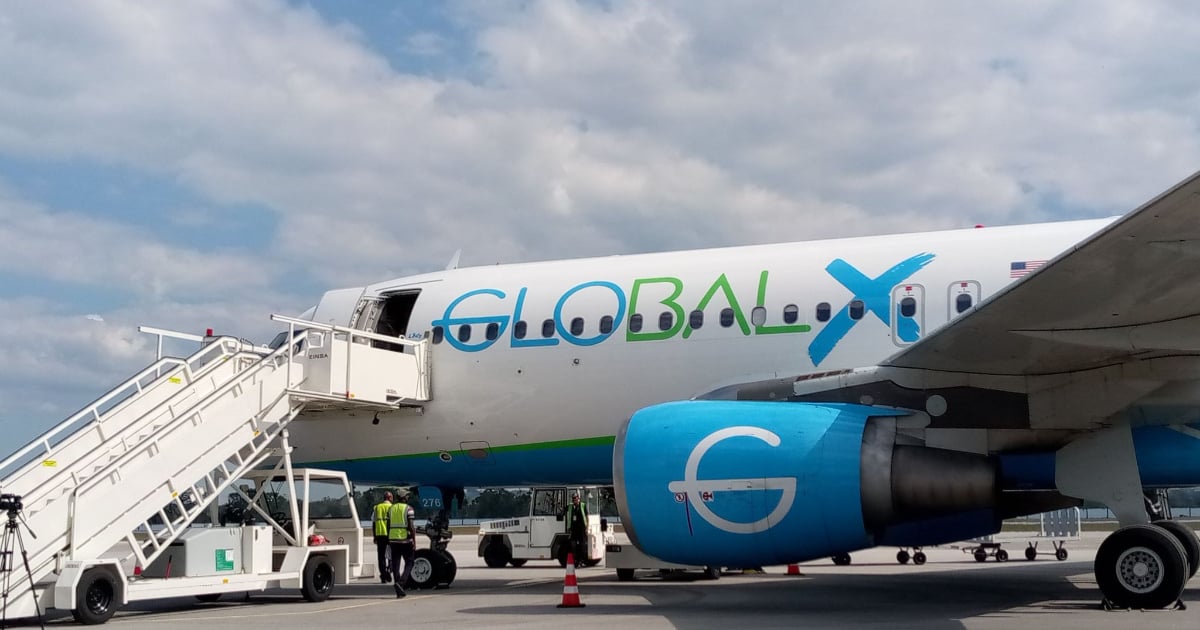This Thursday marked the arrival of the first deportation flight from the United States to Cuba under President Donald Trump's new administration. According to a statement from the Ministry of the Interior (MININT), on February 27, 104 Cuban migrants—comprising 84 men, 19 women, and one minor—were returned to Cuban soil. The flight landed at José Martí International Airport in Havana.
This repatriation is part of the bilateral migration agreements between the two nations and aligns with Trump's promise of widespread deportations. Among those sent back was an individual who has been referred to a law enforcement agency due to suspected criminal activity before leaving the island. Additionally, two individuals were apprehended for illegally leaving the country while on parole.
The operation appeared to be conducted under strict security measures, as numerous Cubans reported on social media that access to the airport was restricted. This latest operation brings the total number of deportations from various countries in the region to 11 in 2025, with a cumulative total of 296 individuals repatriated so far. The previous deportation from the United States occurred on January 23.
Key Aspects of Cuba-U.S. Deportation Flights
What prompted the deportation flight to Cuba?
The deportation flight is part of the bilateral migration agreements between the U.S. and Cuba and follows the Trump administration's commitment to mass deportations.
How many people were deported on this flight?
A total of 104 Cuban migrants were deported, including 84 men, 19 women, and one minor.
What security measures were reported during the operation?
Reports on social media indicated that access to the airport was heavily restricted, suggesting heightened security measures were in place.
